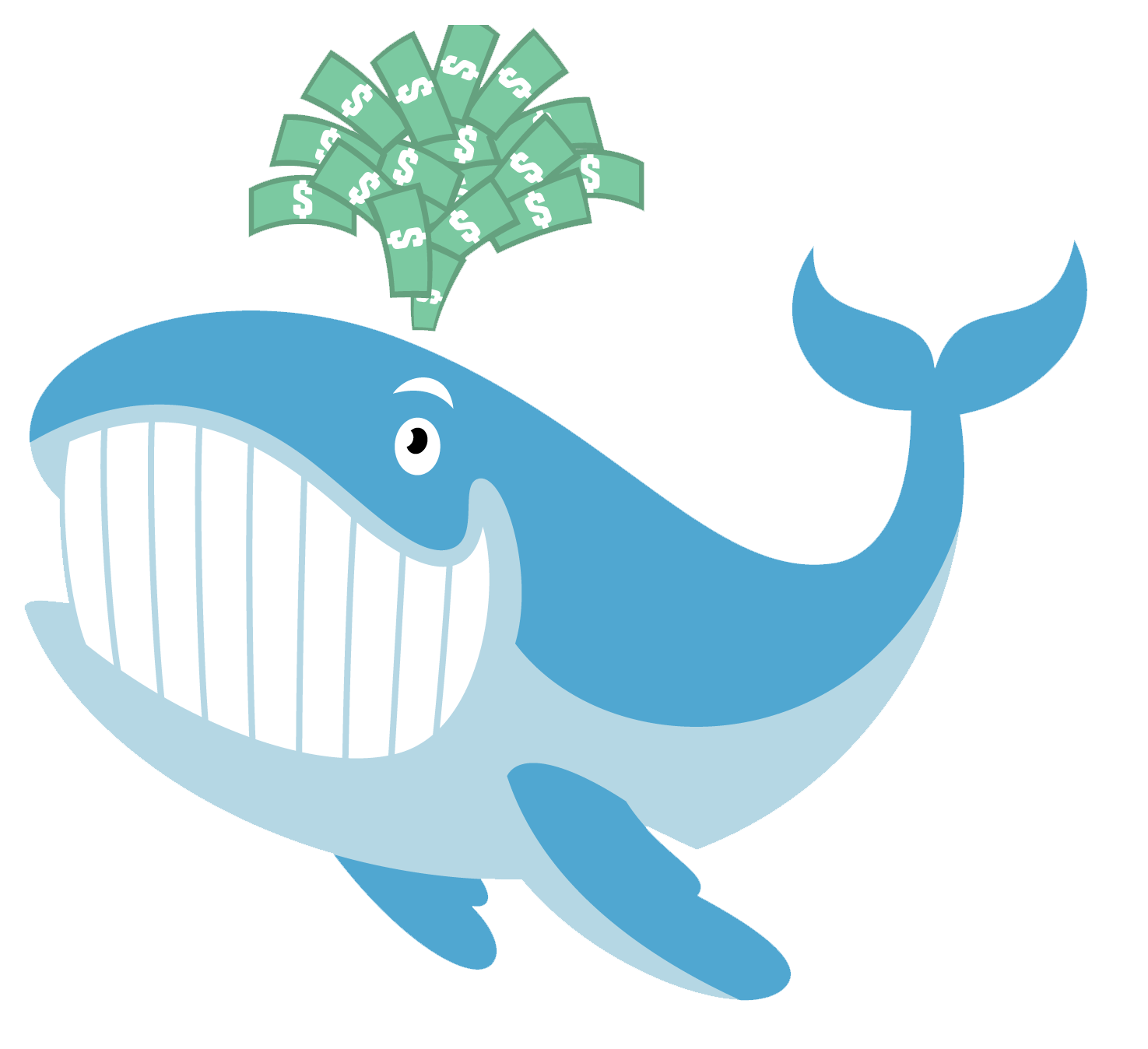The Federal Reserve will cut interest rates just twice this year, in September and December, as resilient U.S. consumer demand warrants a cautious approach despite easing inflation
Persistently resilient U.S. consumer demand warrants a cautious approach despite easing inflation, according to a growing majority of economists in a Reuters poll. Declining price pressures over the past few months and recent signs of labor market weakness have given several members of the Federal Open Market Committee (FOMC) "greater confidence" that inflation will return to the U.S. central bank's 2% goal without a significant economic slowdown.
Markets seized the opportunity to price in two to three rate reductions this year, lifting stocks by around 2% and pushing down yields on the 10-year Treasury note by more than 25 basis points this month. However, economists have maintained expectations for just two cuts over the last four months and are now more convinced of this outlook.
Stronger-than-expected retail sales in June indicate that consumer spending remains robust. Along with a consensus view from the poll that the jobless rate won't rise much from the current 4.1%, this suggests a need for patience. All 100 economists in the July 17-23 Reuters poll said the Fed will keep rates unchanged on July 31. However, more than 80%—82 of 100—forecast the first 25-basis-point cut would come in September, pushing the federal funds rate to the 5.00%-5.25% range. This is a stronger majority compared to the nearly two-thirds who said so last month.
Fifteen economists expected the first rate reduction to occur in November or December, while only three said the Fed would wait until next year. "We expect a 25-basis-point reduction in the target range at the September and December FOMC meetings, barring a meaningful upside surprise in the inflation data," wrote Jonathan Pingle, chief U.S. economist at UBS. "We suspect unexpectedly weak employment data would be needed to create the urgency to lower rates more than that this year."
Nearly three-quarters of economists—73 of 100—predicted two 25-basis-point cuts this year, up from roughly 60% who held that view in the June survey. Seventy of the economists in the latest poll said the cuts would occur in September and December. While 16 expected one or no cut this year, 11 predicted more than two. Among 21 primary dealers polled, nearly 60%, or 12, expected the Fed to reduce rates twice in 2024.
The outlook will heavily depend on key data releases this week, including the second-quarter gross domestic product (GDP) and personal consumption expenditures (PCE) price index data for June. The U.S. economy is expected to have expanded at an annualized rate of 2.0% last quarter, faster than the 1.4% in the first quarter. PCE inflation, which the Fed targets at 2%, is expected to have slightly declined to an annual 2.5% in June from 2.6% in May, according to a separate Reuters survey.
None of the measures of inflation—the consumer price index (CPI), core CPI, PCE, and core PCE—were expected to reach 2% until at least 2026, according to median forecasts in the latest poll. Just over half of economists—17 of 30—said inflation for the rest of the year was more likely to be higher than their forecasts rather than lower. "Inflation has been very difficult to forecast this year and has behaved unpredictably. Rents, for example, have been far more persistent than anyone expected," said Chris Low, chief economist at FHN Financial. "As long as we have moderate growth, the Fed can be patient," he added.
The Fed is expected to cut rates once in each quarter through 2025, taking the federal funds rate to the 3.75%-4.00% range by the end of 2025, according to median forecasts in the survey. The U.S. economy was forecast to expand 2.3% this year, faster than what Fed officials currently see as the non-inflationary growth rate of 1.8%. It is expected to grow 1.7% in 2025 and 2.0% in 2026, according to the poll.
